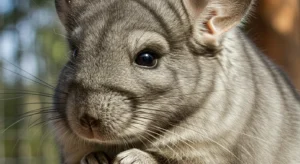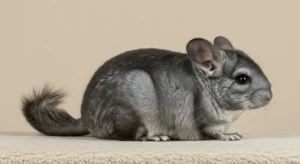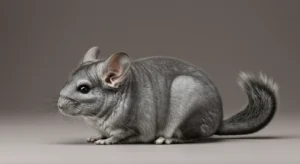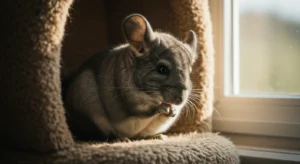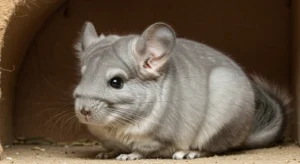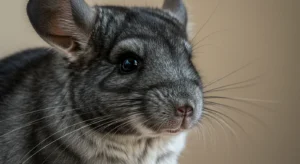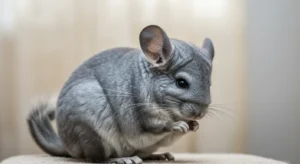Chinchilla Breeding: Key Considerations Before Starting
The idea of breeding chinchillas might seem appealing – tiny, fluffy kits are undeniably adorable. However, breeding chinchillas responsibly is a complex, costly, and time-consuming endeavor that should not be undertaken lightly or without extensive knowledge and preparation. There are significant ethical considerations and potential risks involved. This article outlines crucial factors to consider before even thinking about breeding your chinchillas.
Responsible Breeding vs. Backyard Breeding
There’s a vast difference between reputable, ethical breeders and casual or “backyard” breeding.
- Responsible Breeders: Focus on health, temperament, and genetic diversity. They have deep knowledge of genetics, provide exceptional care, meticulously track lineage, carefully select breeding pairs, have established vet relationships, and prioritize finding excellent homes for kits, often with contracts and support. They breed to improve the species standard and health, not just to produce pets.
- Backyard Breeding: Often occurs without sufficient knowledge of genetics, health screening, or proper care standards. It can result from accidental litters or a desire for cute babies without understanding the responsibilities. This often leads to health problems, poor temperaments, and contributes to the number of unwanted chinchillas in rescues.
If you cannot commit to the standards of responsible breeding, you should not breed chinchillas.
Time Commitment and Effort
Breeding requires significantly more time than simply caring for pets:
- Monitoring Pairs: Constant observation during introduction and mating.
- Pregnancy Care: Special dietary needs and monitoring for the female (~111 day gestation).
- Birth Watch: Being prepared for potential complications during labor (often at night).
- Kit Care: Daily weight checks for kits, potential hand-feeding if necessary, monitoring development, ensuring warmth.
- Weaning and Socialization: Managing the weaning process and socializing kits properly.
- Increased Cleaning: More animals mean more cage cleaning.
Costs Involved
Breeding is expensive. Costs quickly add up:
- Quality Breeding Stock: Acquiring healthy animals with known lineage from reputable breeders.
- Additional Cages: Separate cages for pairs, growing kits, potential separations.
- Veterinary Care: Potential costs for complications during pregnancy/birth (C-sections are rare but costly), vet checks for mother and kits, potential treatment for sick kits. Expert chinchilla veterinary care considerations are amplified with breeding.
- Extra Food and Supplies: Increased consumption of hay, pellets, dust, bedding.
- Hand-Feeding Supplies: Syringes, milk replacer (e.g., Wombaroo) might be needed.
Breeding is almost never profitable when done responsibly; it’s a labor of love.
Space Requirements
You’ll need significantly more space for multiple cages:
- Breeding pair cage.
- Birthing cage (often the pair’s cage adapted).
- Grow-out cages for weaned kits (often separated by sex).
- Potential cages for animals that need separation.
Health Risks for Mother and Kits
Pregnancy and birth carry inherent risks:
- For the Female: Dystocia (difficulty giving birth), calcium deficiency, uterine infections, mastitis, stress, potential death.
- For the Kits: Stillbirth, congenital defects, failure to thrive, cannibalism (rare, often stress-related), injury from parents or cage setup.
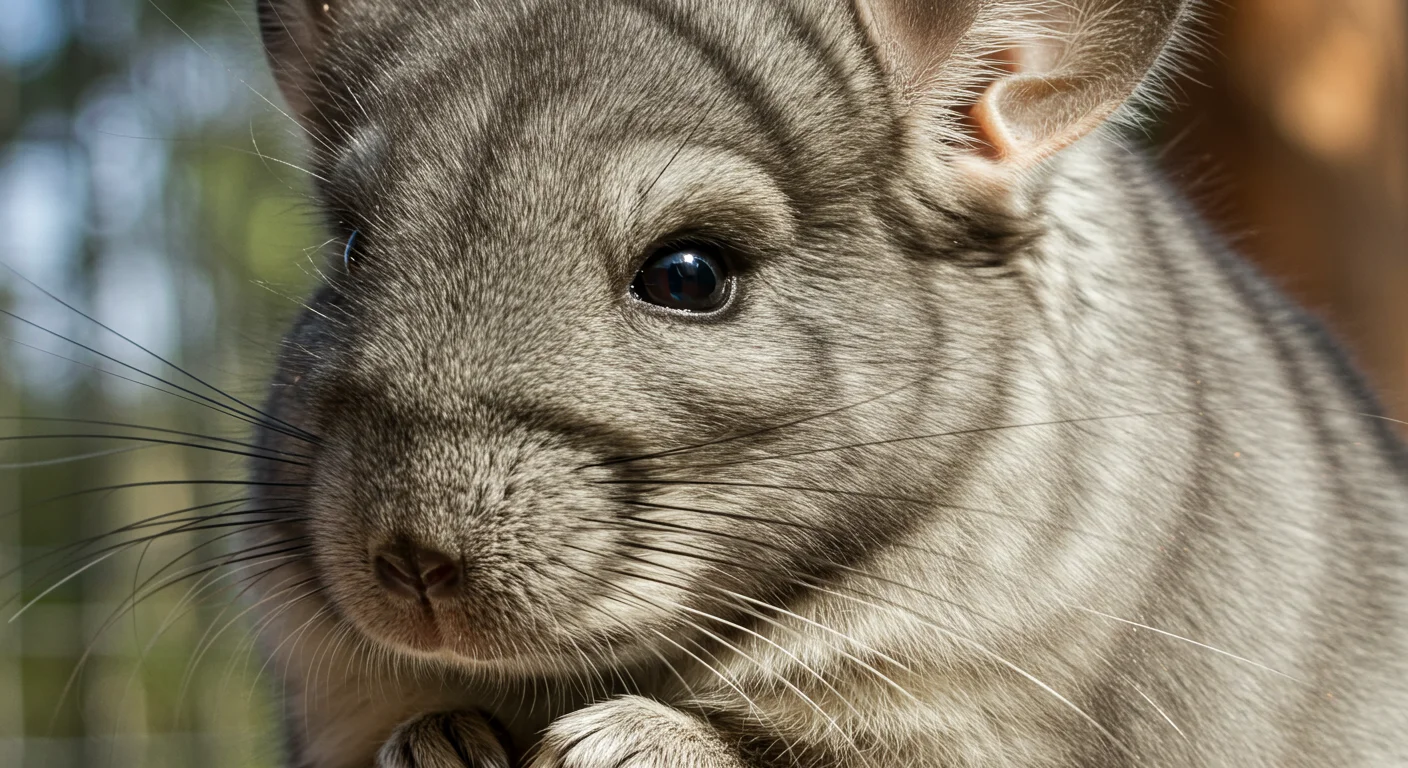
Finding Responsible Homes
Producing kits means you are responsible for ensuring they go to knowledgeable, permanent homes capable of meeting a chinchilla’s demanding needs for the next 15-20 years.
- Screening Potential Owners: Requires careful vetting to ensure suitability.
- Commitment: Reputable breeders often take back animals if the owner can no longer care for them, at any point in the chinchilla’s life. Are you prepared for this lifelong commitment?
- Market Saturation: Many rescues are already full of chinchillas needing homes. Consider if adding more animals is necessary.
Understanding Genetics
Responsible breeding requires a solid understanding of chinchilla genetics:
- Avoiding Harmful Combinations: Knowing which color mutations should not be paired (e.g., lethal genes associated with pairing two velvet/touch of velvet (TOV) or two white animals). Ignoring chinchilla genetic health factors can lead to unhealthy or non-viable kits.
- Lineage Tracking: Preventing inbreeding by keeping accurate records.
- Health and Temperament: Selecting breeding pairs based on proven health and good temperament, not just appearance.
Breeding without understanding genetics is irresponsible and potentially harmful. Lethal gene combinations (like VV or WW) result in severe defects or non-viable kits.
Ethical Considerations: Rescue Over Breeding
Given the number of chinchillas already in rescues needing homes, consider:
- Can you provide a home for an existing chinchilla instead of breeding more?
- Are you breeding for the right reasons – to genuinely improve the health and standard of the breed, or just because babies are cute?
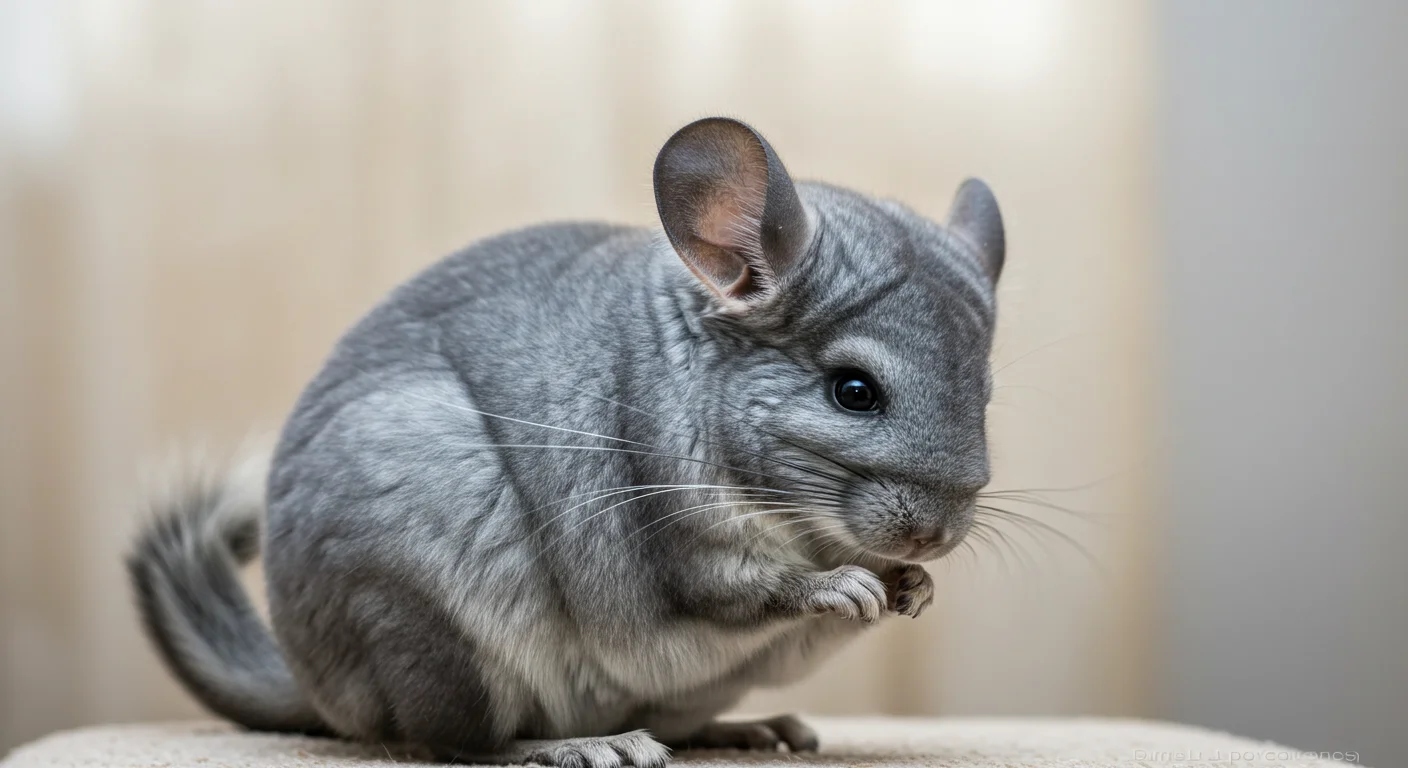
Conclusion: Think Very Carefully
Breeding chinchillas is a serious responsibility that extends far beyond simply putting a male and female together. It requires significant knowledge, time, money, space, and emotional commitment, along with a deep understanding of genetics and ethical considerations. For the vast majority of pet owners, enjoying their existing companions and perhaps considering adoption from a rescue is a far more practical and ethical choice than venturing into breeding.
